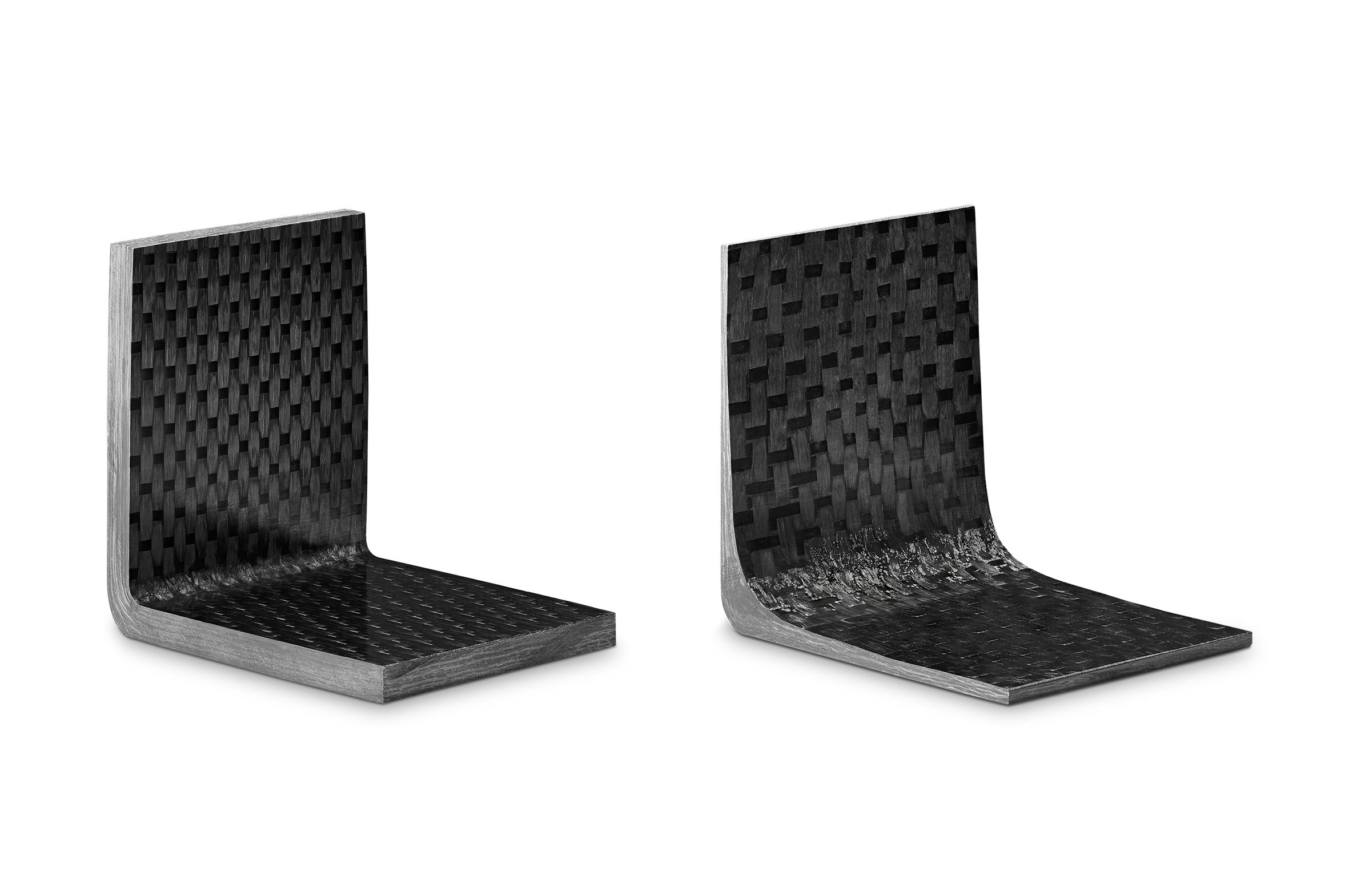
Aircraft companies Bucher Leichtbau and Ensinger have joined forces to promote the use of fiber-reinforced composites in aerospace projects.
Bucher Leichtbau AG makes aircraft interiors and automotive equipment including galleys and cabinets for passenger aircraft that have to be able to withstand accelerations at least nine times that of gravitational acceleration. The company was looking for a material to replace a large number of existing sheet aluminium parts one-to-one so as to minimise the work and costs involved in switching when they were introduced. Working with composites specialist Ensinger GmbH, the companies developed a thermoplastic fiber-reinforced composite prepreg approved for the aviation industry with glass fiber and a PEI matrix (polyether amide). After a brief optimisation phase, it was possible to manufacture the first series-produced parts comprising semi-finished parts in an angular shape from the PEI pre-pregs which were then CNC processed.
While the manufacturing costs for the new plastic mountings are higher than the previous version in aluminium, the savings in terms of engineering and production of the cabinets means that the new solution is more straightforward and more cost-effective in total, the companies say.
This story is reprinted from material from Bucher, with editorial changes made by Materials Today. The views expressed in this article do not necessarily represent those of Elsevier.





